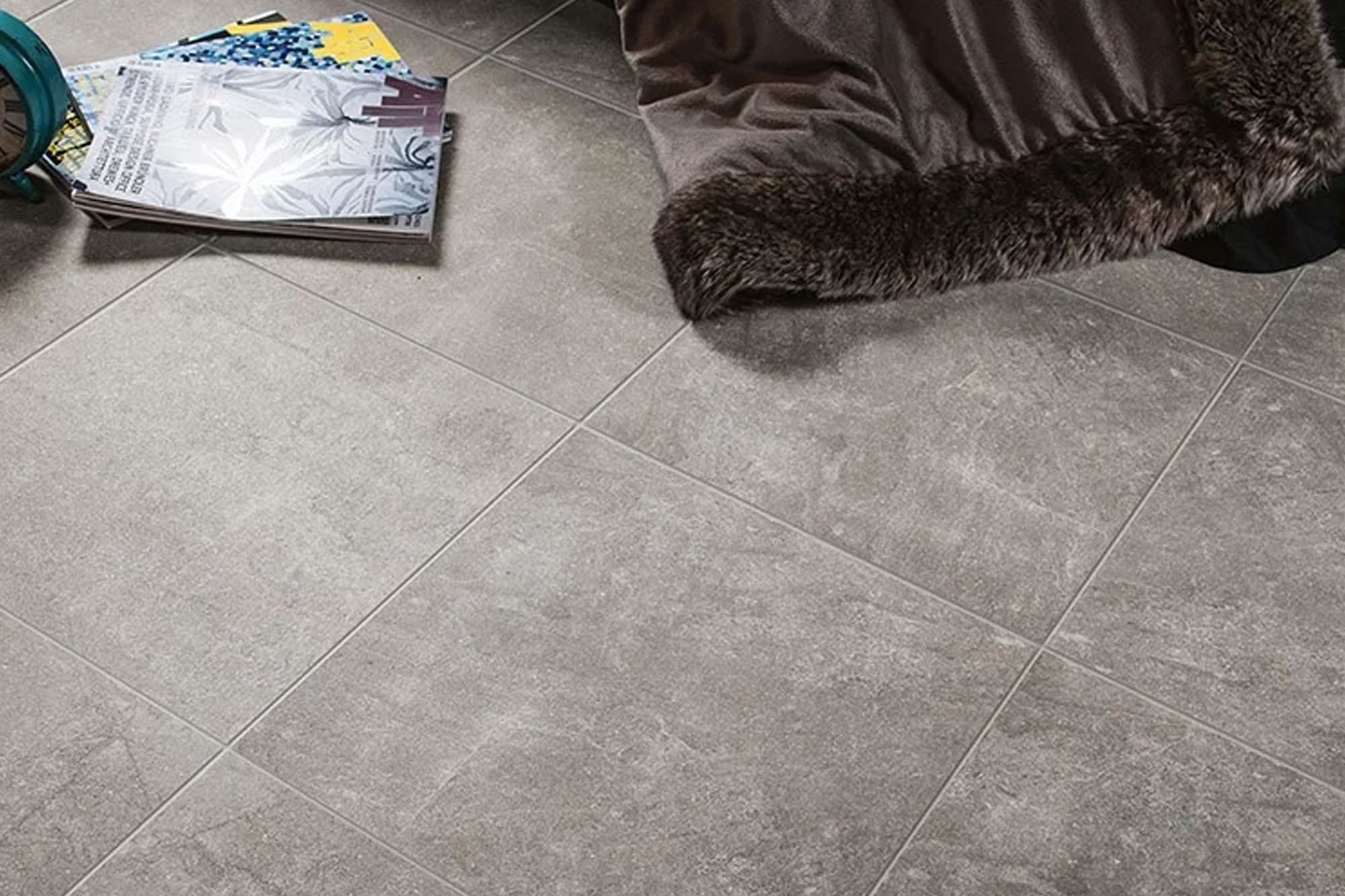

What makes porcelain tiles so popular as surface coverings? The answer is simply that they can mimic natural stone, wood, terracotta or concrete very closely but are lighter and less costly. Their special attributes lend themselves to specific applications as we shall see but they excel as a general purpose covering in the same spaces as one might consider natural stone.
The three most important characteristics of porcelain tiles are hardness, appearance and low porosity.
Porcelain tiles can be glazed or unglazed with moderate or high gloss. They can also be textured to very closely resemble natural stone.
While ceramic tiles and porcelain tiles are both made from clay, sand and water, there are some significant differences that make porcelain tiles one of the most hard-wearing surfaces you can possibly lay down. They are significantly different from the common glazed ceramic tiles that we use in our kitchens and bathrooms.
Porcelain is made from denser and much finer types of clay than ceramics. Tiles are moulded into shape under much higher pressure (approximately 5,000 psi) and baked at a much higher temperature (around 1400°C). The result is an extremely durable tile with lower porosity than natural stone. The trend in manufacturing is to aim for larger and larger tiles, which reduce installation time. However, the largest at 3200 x 1600 mm requires a more specialist installation method and is really only suitable for large scale commercial applications.
While plain tiles can be manufactured from different coloured clays, the type that mimics effects such as natural stone have an additional step in the manufacturing process. The effect is painted on the surface of the tile – this is often using inkjet printing technology from actual slabs of the real marble. Then permanently applied under pressure and heat. Another method is to layer a very thin tile on top of a pain tile and fuse them together.
They really have only one drawback, which may or may not become apparent in exceptionally heavy traffic areas depending on the quality of tile that was selected. Because the visible appearance of special effect tiles is merely a layer of glaze, they can become chipped. That could reveal the core tile underneath, which would be a different colour. This is not the case with plain tiles, where the colour is uniform all the way through and there is no surface glaze to chip.
There are two applications in particular where porcelain tiles are ideal:
As you can appreciate, these characteristics would be welcome in any environment.
Porcelain tiles from Kinorigo offer a very attractive and low cost alternative to natural stone, which means you may wish to consider them for your next project at the design stage. We at Kinorigo have over 30 years’ experience in sourcing and supplying exceptional product for luxury projects where a stunning appearance is required. Speak to one of our experts to discuss your plans. We will be more than happy to guide you to the most appropriate options, simply contact us today.